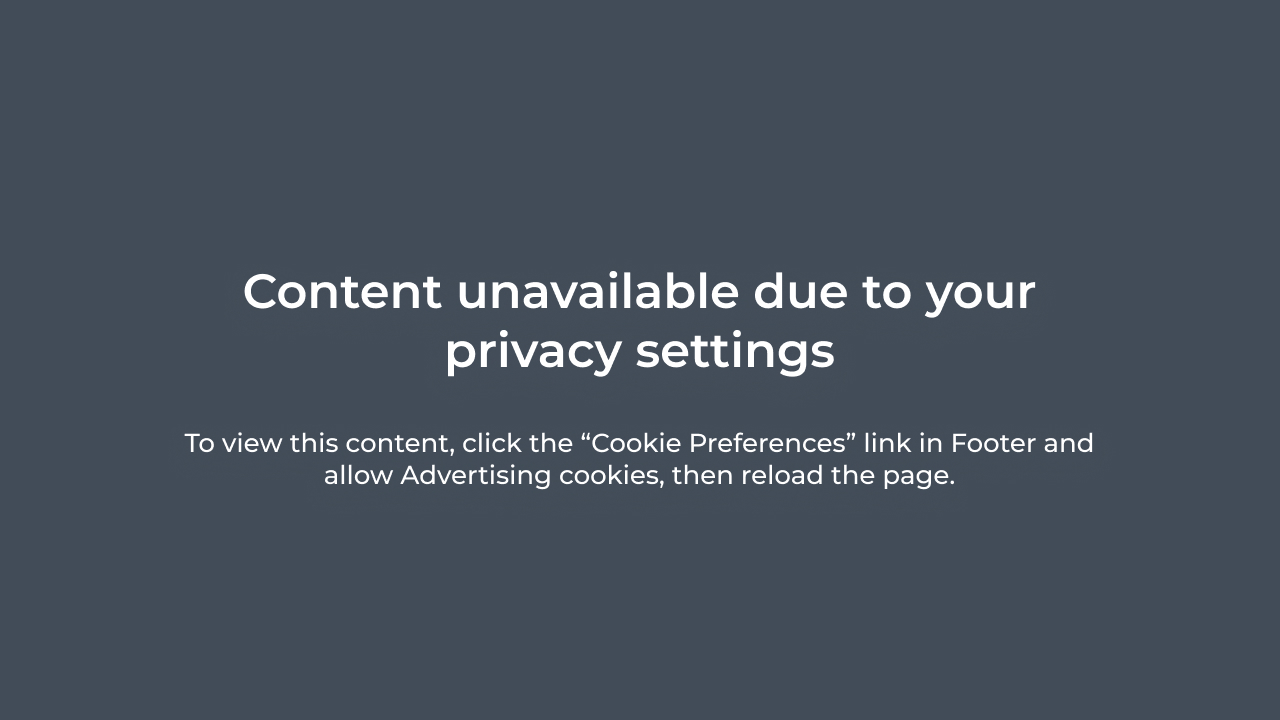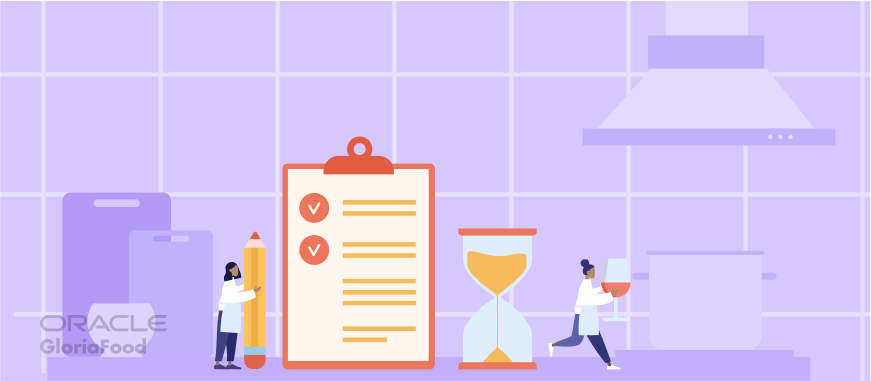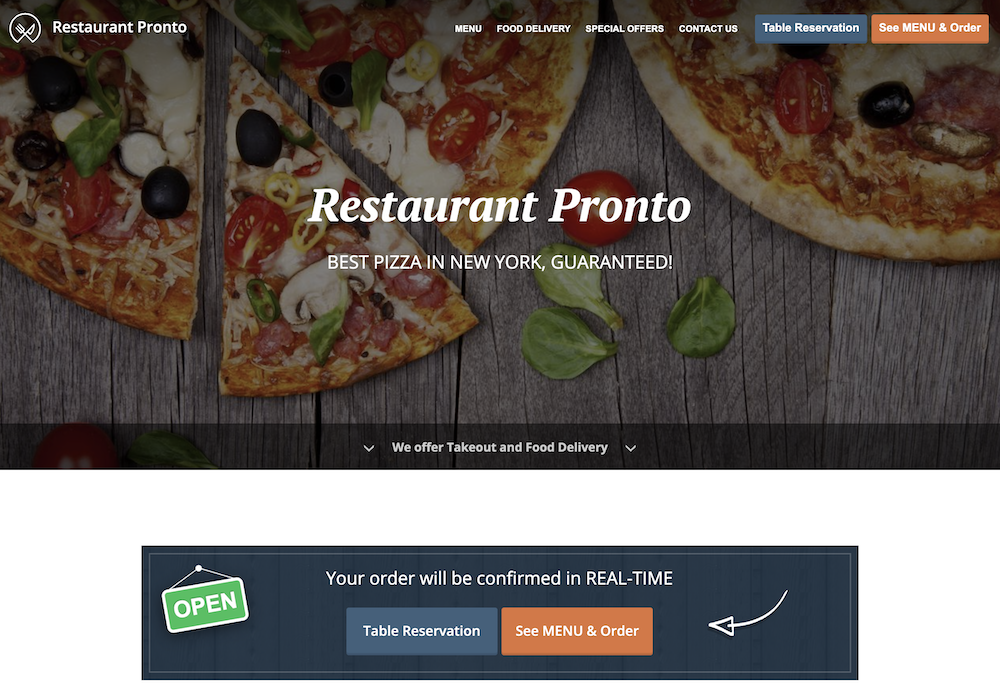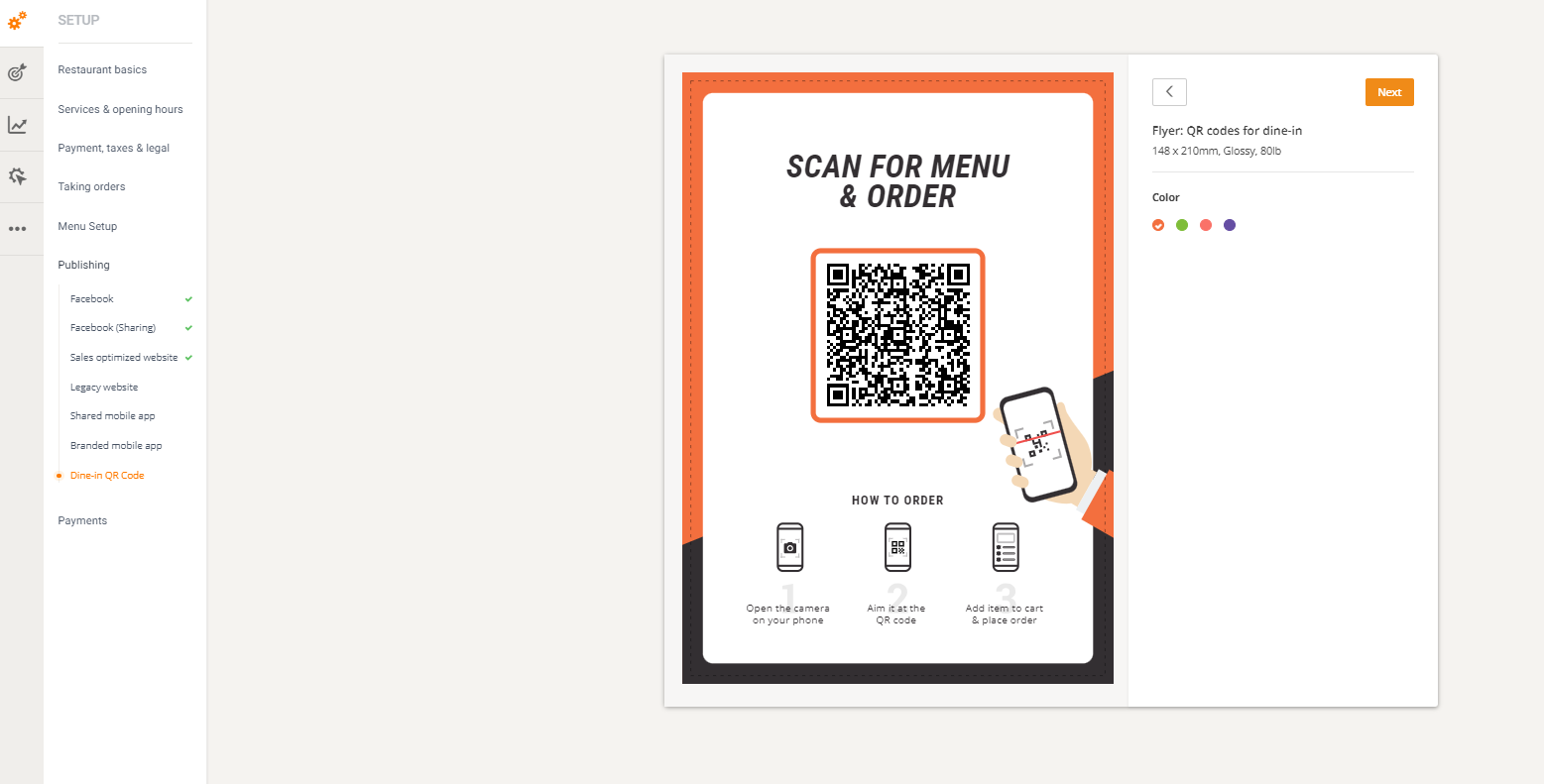Productivity is a concept that doesn’t just benefit individuals, but businesses as well. A fast-paced industry such as the restaurant one requires a productive team for the business to succeed.
In this article, we look at some of the main markers of restaurant productivity, as well as ways to improve it that won’t cost you an arm and a leg.
What Is Restaurant Productivity?
Restaurant productivity is made up of a series of metrics and key indicators designed to measure how efficiently your restaurant runs, from finances to staff, customer satisfaction, retention, and more.
A truly productive restaurant needs to measure and constantly improve these metrics to be successful long-term.
What is the Formula for Productivity in a Restaurant?
There isn’t just one restaurant productivity formula, but a sum of multiple formulas that all work together to keep your restaurant productive, such as:
Sales per labor hour
One of the most important restaurant metrics, it helps you calculate how many sales you generate per hour of labor. To calculate it, follow this formula:
Sales per labor hour = Total number of sales / Total number of labor hours
For example, if you make $1,500 in 12 labor hours, your sales per labor hour will be $125.
Covers per labor hour
Similar to the sales per labor hour, the covers per labor hour metric helps you figure out how many covers (or guests) you served per labor hour. To calculate this metric, here’s a handy formula:
Covers per labor hour = Total number of covers / Total number of labor hours
If you serve 40 covers a day and work a total of 12 hours, you will get an average of 3 covers per hour of labor.
Restaurant labor cost percentage
This shows you how much of your revenue you spend on labor costs. You can calculate it following this formula:
Labor cost percentage = Total labor costs / Total number of sales
If you’ve generated $40,000 in sales in a month, and spent $7,000 on labor costs, your labor cost percentage will be 17% of your total revenue.
Why Do You Need to Keep Track of Restaurant Productivity?
The answer is simple: because all of these restaurant productivity metrics show you how efficient your restaurant is at converting hours of labor into service, and ultimately, profit.
Tracking them regularly will help you spot any irregularities or decline in your restaurant productivity, so you can adjust accordingly, whether that means hiring more staff or employing technology to help your employees serve more customers faster.
How to Increase Restaurant Productivity: 5 Simple Tips
Use the same device to accept online orders and table reservations
Oftentimes, restaurant labor productivity is impacted by things like employees having to use different tools and technologies to accomplish their tasks. Moving from one to the other can be a time waster in the long run, even if it may not seem like it initially.
To mitigate the risk of low productivity, use technology that allows you to accomplish multiple tasks on the same device. Consider using an AI calendar assistant that integrates scheduling and reservations, ensuring seamless operations without constant switching.
For instance, if you’re using our free online ordering system to accept takeout orders, know that you can also accept table reservations on the same order-taking app for iOS and Android.
The Table Reservation button will be displayed on your website next to the Order button, so customers can choose whether they want to book a table or order in.
Your staff will only need one device with the app installed to accept orders and reservations, which will save you both time and money.
Learn how you can take table reservations in five easy steps here.
Automate taking orders in the restaurant using a QR code menu
Order-taking can also be streamlined in the restaurant, not just online. Instead of having your servers go back and forth bringing menus to the table, taking drink orders, coming back for food orders, and so on, give customers the option to place the order on their phone as soon as they sit down.
How? By generating a QR code that opens up your menu and displaying it on the tables in your restaurant. All customers need to do is scan the code to see the menu, order their favorite dishes, and even pay for their order.
You can create your own QR code for dine-in ordering by following the steps in the video below. And the best part? You can accept those orders on the same app mentioned above! No need for new tools or devices.

Offer promotions during slow days and times
Are your restaurant performance metrics impacted by slow periods where your employees have nothing to do? You are still paying your employees for their time, but there is no revenue coming in.
One way to change that is to identify those slow times of day and offer promotions and special offers that will tempt more people to visit your restaurant or place an order.
Our online ordering system comes with built-in promotion templates that you can use to create the following appealing offers:
- Percentage discount on cart
- Percentage discount on specific menu items
- Free delivery
- Buy one, get one free (or buy 2, 3, and get one free)
- Fixed discount amount on cart
- Payment method reward (such as a discount for people who pay with a credit card online)
- Free item for orders over a certain amount
- Meal bundle
- Free or discounted dish as part of a meal
- Fixed discount on combo deal
- Percentage discount on combo deal
- Meal bundle with selected items that are available for an extra fee
Learn how to set up any promotion you want in this handy video tutorial:

Train your servers to upsell
If your restaurant is at full capacity and you can’t possibly serve more customers daily than you already are, the trick is to work on increasing the check for each table. Upselling is a simple yet effective tactic that allows you to increase the average check value.
Train your servers to upsell without pushing too hard, otherwise the customer might be dissatisfied with the interaction. You don’t want to seem too salesy when you upsell, but helpful, especially if you notice customers are having a difficult time deciding what to order.
To properly upsell, your servers need to be extremely familiar with the menu, not just the list of dishes, but the dishes themselves, what they contain, and how they taste. That way, they are able to properly and effectively describe the dishes they are recommending.
Optimize your restaurant layout for a more efficient workflow
You may not think that the way you arrange the tables or the seating at your restaurant has any impact on productivity, but it does.
Choose seating that optimizes the space you have, whether it’s open tables, booths, or communal seating. This will allow you to increase the number of customers you serve daily.
Additionally, ensure your employees have a clear path from the kitchen and the server stations to all the tables. That way, they won’t be trying to navigate an obstacle course every time they serve the food.
Not to mention that this will also improve the customer experience because servers won’t have to scooch between tables or bump into customers on their way to other tables.
Final Thoughts
Restaurant productivity is a complex metric that requires constant tracking and improvement to guarantee the success and longevity of your restaurant. Make sure to track the metrics outlined above and implement the tips provided to increase productivity with the help of affordable tools and technology.


